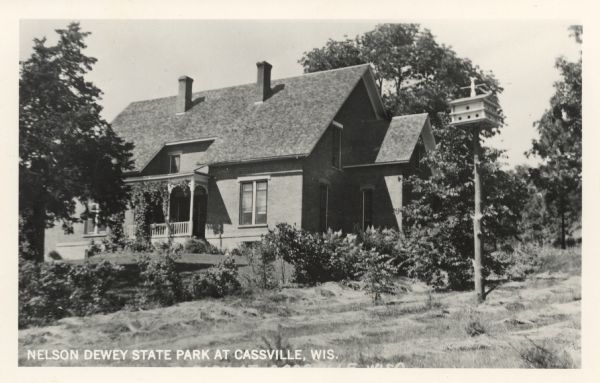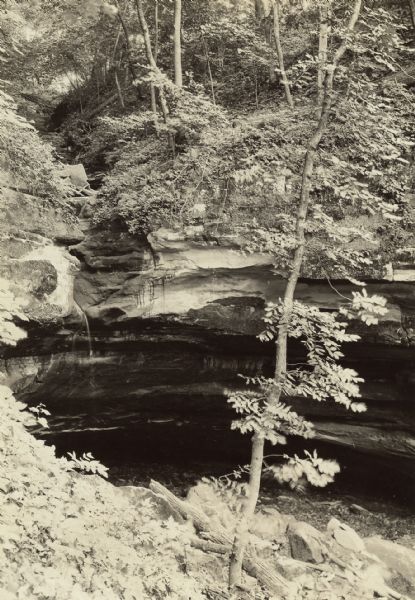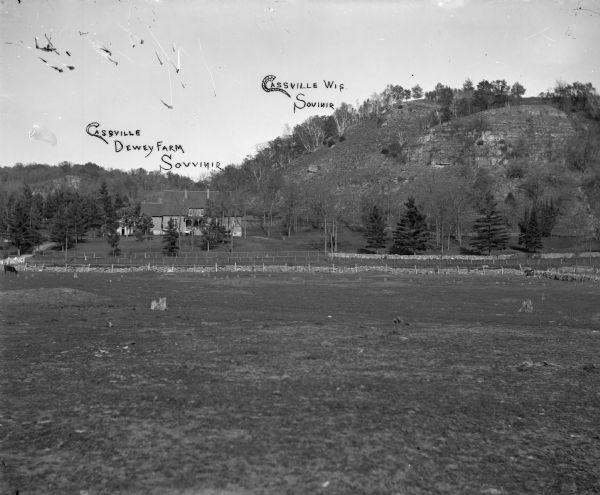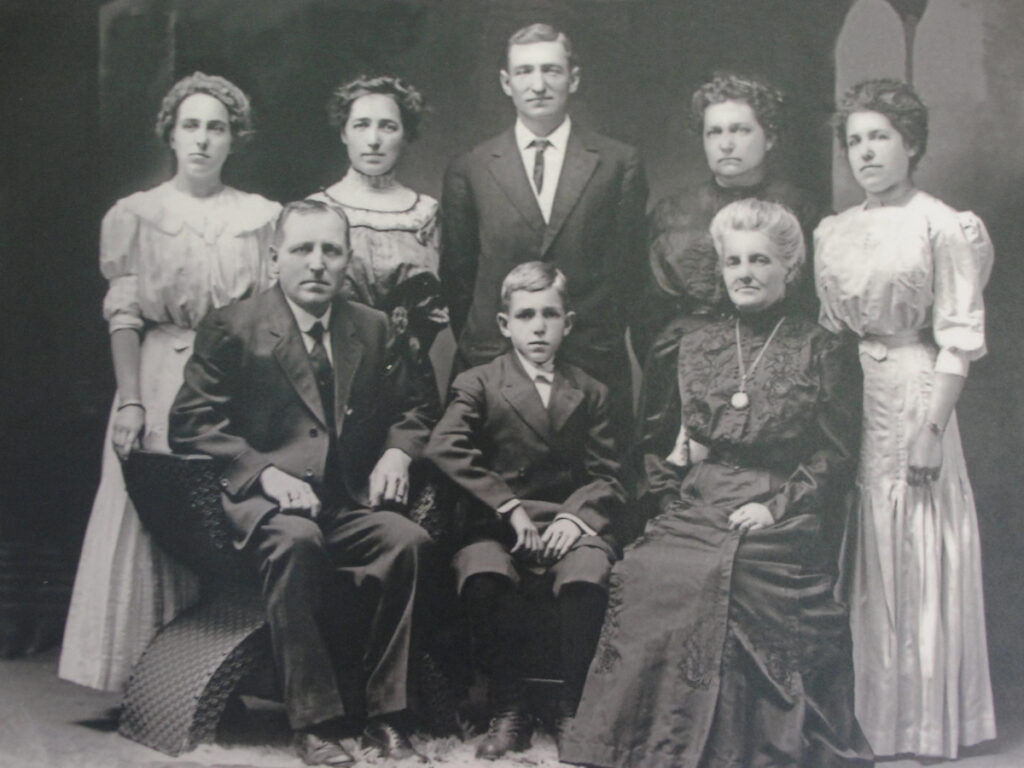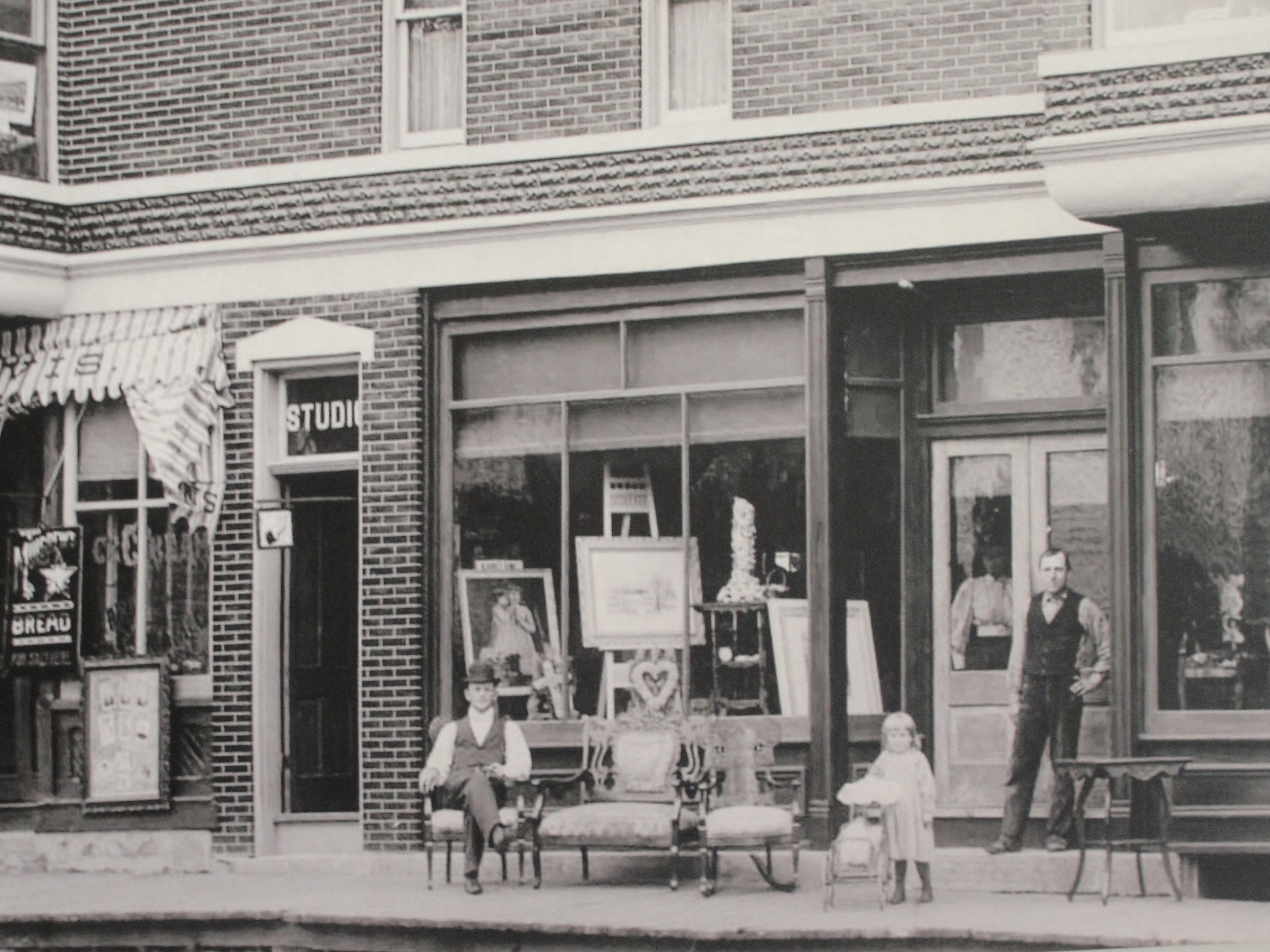
Our History
History of Stonefield
The estate housing the home of Wisconsin’s first governor had a short life, but the site has grown into an important destination for anyone yearning to learn more about Wisconsin’s agricultural history and rural farm life.
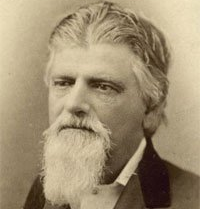
1848
Country Estate of Nelson Dewey
Wisconsin’s First Governor
“The showplace of Wisconsin with its beautiful green lawns, gardens and orchards, stables and other buildings, and miles of stone fences.” The estate housing the home of Wisconsin’s first governor had a short life, but the site has grown into an important destination for anyone yearning to learn more about Wisconsin’s agricultural history and rural farm life.

1868
A House Fit for a Governor
Dewey began to build his dream home after completing his second term. The ornate home would provide material testimony to his years of business and political success. The three-story Gothic Revival home was completed in 1868 and was the centerpiece of the 2,000-acre estate. The mansion overlooked pastures and meadowlands, fruit orchards and a vineyard, and, in the distance, the Mississippi River.

1873
A Tragic Fire and Rebirth
In 1873 the home burned to the foundations, leaving only the brick walls standing. Several years later, General Walter Cass Newberry bought the ruins of the house and 40 acres of land. He worked the farm for several years and, in the early 1890s, began building a summer residence on the original foundations. The Newberry house was a much more modest building, without the tall, narrow gables and ornate detail of the original mansion.
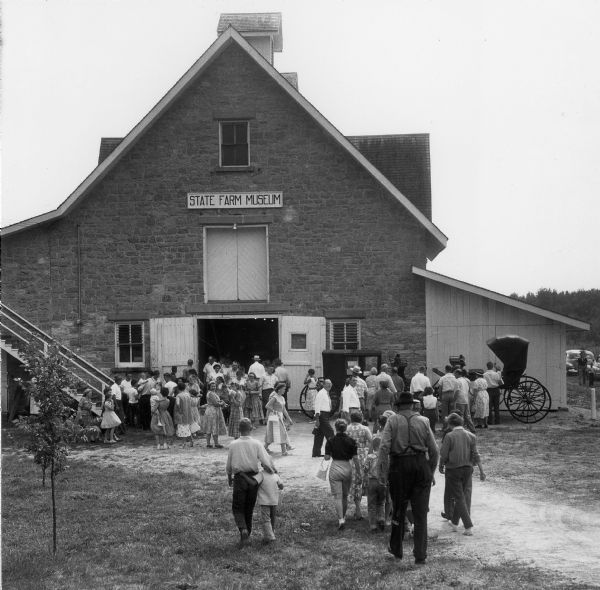
1954
A Historic Site and a Nod to our Agricultural Heritage
The location of Dewey’s home was designated as a historic site in 1954 and is listed on the National Register of Historic Places. Plans were made to establish a place there that would celebrate Wisconsin’s rich agricultural heritage. The Stonefield State Farm Museum opened in a former barn on the estate. By 1961 the more than 40 buildings that make up Stonefield were constructed and opened, offering visitors a historic perspective of farm life in rural Wisconsin.
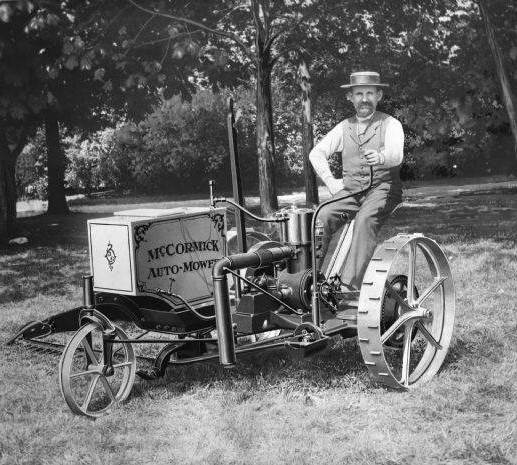
1971
The State Agricultural Museum Opens
The site’s assortment of antique farm implements and machinery rapidly grew. This spurred construction of a new home for Stonefield’s agricultural collections. In 1971, a new building raised on the foundations of Dewey’s original sheep barn opened as the State Agricultural Museum. Today, it houses Wisconsin’s largest collection of farm tools, models and machinery detailing the state’s agricultural past. Stonefield’s collection also includes America’s oldest surviving tractor, the 1899 McCormick Auto-Mower.
Stonefield continues to enlighten us about the turn-of-the-20th-century technology, the agricultural community that cultivated Wisconsin’s growth and the colorful characters that helped make the state become “America’s Dairyland.”
More History
Learn more about the history of Stonefield, the Dewey Family, and America’s Dairyland by exploring the collections and archives at the Wisconsin Historical Society.
Images of History

